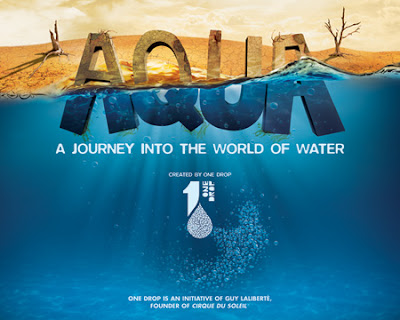So from the reading I'm quite interested in the idea of the stories/memories of a place that come about by its telling and it is these personal relationships that give places a particular significance. People make a place.
Auckland can be characterized in many ways with water. It is predominately surrounded by water and it is an area uniquely situated in between two main bodies of water: Manukau Harbour on the Tasman Sea and the Waitemata Harbour on the Pacific Ocean.
Cities are nothing without people, and Auckland would not be Auckland without its waters. I want to find out the relationships the city has with its people through its key/defining element of water. I want to map physical bodies of water in Auckland that people identify/encounter/associate with by collecting a selection of stories/memories revealed about different places.
Methodology:
I want to collect data by asking fellow Aucklanders to list places say five* physical bodies in Auckland and why. This might be an informal discussion with people in person, using social media or via a survey. I hope to find reasons that invoke a particular memory, significance or reputation, and if they have been there. The number of places asked for may vary depending on initial findings. *(Subject to change: The more places required increases the likeliness of naming a place purely for reputational reasons)
This research gives situational data as well as personal/intangible data that could encompass a number of different categories for how Aucklanders might identify themselves with a place; culturally, social, spiritually.
Test example: I asked my mum to 'name 6 bodies of water in Auckland and why did she named those places.'
1) Jellicoe Park fountain- Where Jane(her sister) had her first house.
2) Mission Bay fountain - Where her sisters and her always went to when they were little.
3) Albert Park fountain - City place to rest and where she would go when she would sometimes pick me up from uni.
4) Buckland's Beach - Where Cindy (her sister) lives and where we would sometimes have big family gatherings.
5) Devonport - famous place for its beautiful sunset and view of Auckland Central City.
6) Museum fountain - Where she took her wedding photos.
Forms of representation that you might employ in making the mapping:
At the moment I'm quite keen on creating a 3D map or an installation of some kind.
Example: Map Installation - Melbourne Museum - 2007
The array of columns that greet the visitor to the Melbourne Museum are manufactured from specially punched and folded perforated aluminium and 6mm thick aluminium flanges. The columns are finished with automotive paint which have been mounted permanently on heavy steel plinths that are able to be moved by forklift to create space in the Museum Foyer when needed for private functions.
Inside each column is a range of acrylic formed display boxes that house samples of site specific goods from various parts of Victoria. This installation job presented it's own challenges owing to the size and weight of the objects that needed to be moved on an occasional basis. When the viewer stands in a specific place in the entrance foyer, perspective joins all of the columns up to create a map of Victoria.
I like how the map is revealed from a certain perspective. Like a place is revealed from a person's own memories.
























